Solar Power vs Nuclear Energy: A Comprehensive Comparison
In the ongoing global quest for sustainable and efficient energy sources, the debate between solar power and nuclear energy takes center stage.
Each represents a unique approach to meeting the world’s growing energy demands, and understanding the distinctions between them is crucial for informed decision-making.
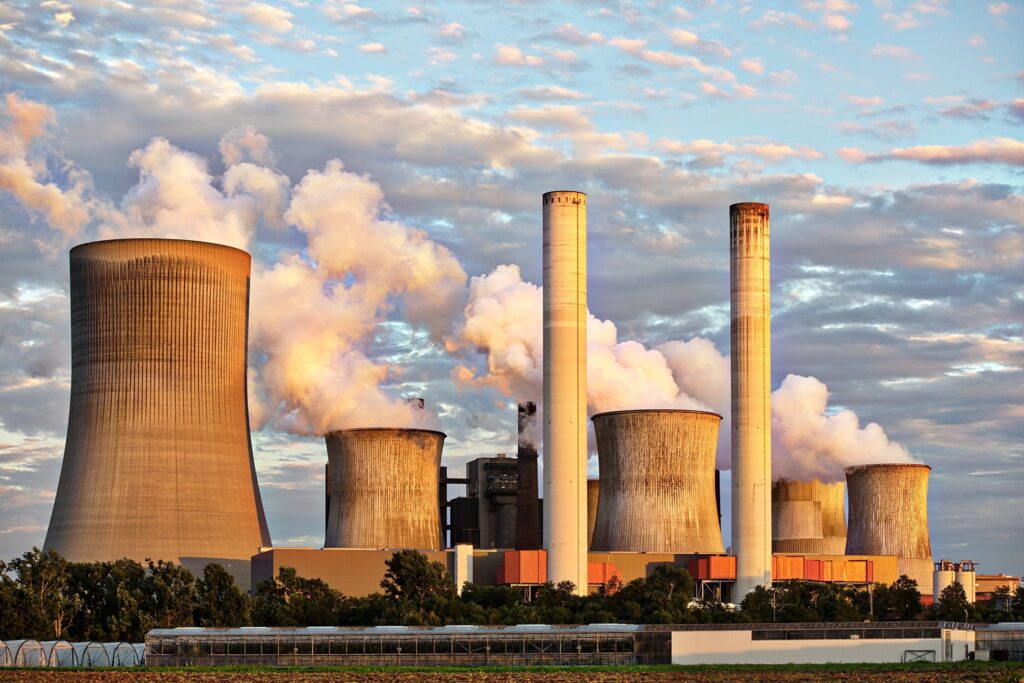
In this exploration, we delve into the realms of Solar Power vs. Nuclear Energy, assessing their strengths, weaknesses, and the impact they leave on our environment and society.
Environmental Impact and Sustainability: Solar power, heralded for its green credentials, harnesses energy from the sun, generating electricity without emitting harmful greenhouse gases.
The solar panels’ production and disposal, though, come with environmental concerns.
On the other hand, Nuclear Energy, while producing low emissions during operation, grapples with the long-lasting impact of radioactive waste.
Balancing environmental sustainability is a critical factor in evaluating the viability of Solar Power vs. Nuclear Energy.
Safety and Public Perception: Safety considerations play a pivotal role in shaping public opinion on energy sources.
Solar power installations are generally safe, with minimal risks during operation. In contrast, Nuclear Energy carries the weight of historical disasters such as Chernobyl and Fukushima, which have left lasting impressions on public perception.
Addressing safety concerns is imperative for fostering public trust and acceptance in the ongoing dialogue of Solar Power vs. Nuclear Energy.
Energy Density and Reliability: One of the fundamental divergences between these energy sources lies in their energy density.
Solar power exhibits a lower energy density, requiring expansive installations to generate significant power. Meanwhile, Nuclear Energy boasts high energy density, producing substantial power from relatively small amounts of fuel.
This characteristic influences the reliability of each source, with solar power being intermittent and nuclear energy providing a stable, continuous supply.
Economic Considerations and Affordability: The economic landscape plays a crucial role in determining the feasibility of adopting a particular energy source.
Solar power costs have been decreasing, making it more economically competitive, but the initial installation expenses can still be significant.

Nuclear Energy, despite high initial construction costs, may offer lower ongoing operational costs once a plant is established.
Evaluating the long-term affordability is a key aspect in the Solar Power vs. Nuclear Energy discourse.
In navigating the complexities of our energy future, the choice between Solar Power and Nuclear Energy involves a nuanced consideration of environmental impact, safety, energy density, economic viability, and public perception.
Striking a balance that aligns with sustainability goals while meeting the world’s increasing energy demands is the ultimate challenge.
The discourse surrounding Solar Power vs. Nuclear Energy reflects not only technological differences but also societal values, emphasizing the need for a comprehensive and informed approach to our energy choices.
Solar power and nuclear (or atomic) energy are two distinct forms of energy production, each with its own set of advantages, disadvantages, and characteristics.
While both aim to generate electricity, they employ fundamentally different mechanisms and have varying implications for the environment, safety, and long-term sustainability.
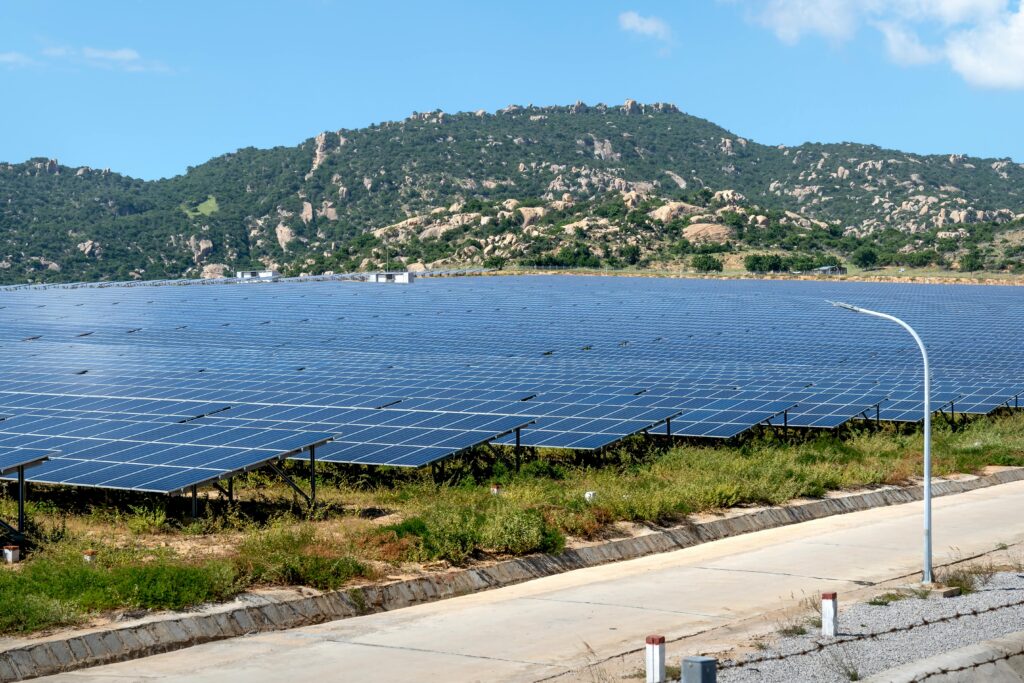
Here’s a comparative analysis of solar power and nuclear energy:
- Energy Source:
- Solar Power: Relies on harnessing energy from the sun using photovoltaic cells or solar thermal systems. It is a renewable and abundant source of energy.
- Nuclear Energy: Derives power from the fission (splitting) or fusion (combining) of atomic nuclei. It involves the use of uranium or plutonium in nuclear reactors.
- Environmental Impact:
- Solar Power: Generally considered environmentally friendly, as it produces electricity without emitting greenhouse gases. However, the production and disposal of solar panels can have environmental implications.
- Nuclear Energy: While nuclear power generation itself produces minimal greenhouse gas emissions, the mining, processing, and disposal of nuclear fuels pose environmental challenges. Additionally, accidents like Chernobyl and Fukushima have raised concerns about the long-term impact of nuclear disasters.
- Safety:
- Solar Power: Relatively safe for both the environment and humans during operation. The main concerns lie in the manufacturing process and the disposal of solar panels.
- Nuclear Energy: Safety is a significant concern due to the potential for catastrophic accidents and the long-lived radioactive waste produced. Stringent safety measures are essential to prevent accidents and ensure the proper disposal of nuclear waste.
- Energy Density:
- Solar Power: Low energy density, requiring large areas for significant power generation, especially in areas with less sunlight.
- Nuclear Energy: High energy density, meaning that a small amount of nuclear fuel can produce a large amount of energy. Nuclear power plants require less physical space compared to solar farms.
- Reliability:
- Solar Power: Intermittent and dependent on weather conditions. Energy storage solutions like batteries are often used to address the variability.
- Nuclear Energy: Provides a continuous and stable power supply, as nuclear reactors can operate continuously for extended periods without interruptions, making it a reliable source of baseload power.
- Economic Considerations:
- Solar Power: Costs for solar technology have been decreasing, and it has become more economically competitive. However, initial installation costs can still be a barrier.
- Nuclear Energy: Initial construction costs for nuclear power plants are high, and the permitting process is often lengthy. However, once operational, nuclear plants can have low fuel costs.
- Public Perception:
- Solar Power: Generally well-received due to its clean and renewable nature.
- Nuclear Energy: Public perception is often mixed due to concerns about safety, nuclear accidents, and the long-lasting effects of radioactive waste.
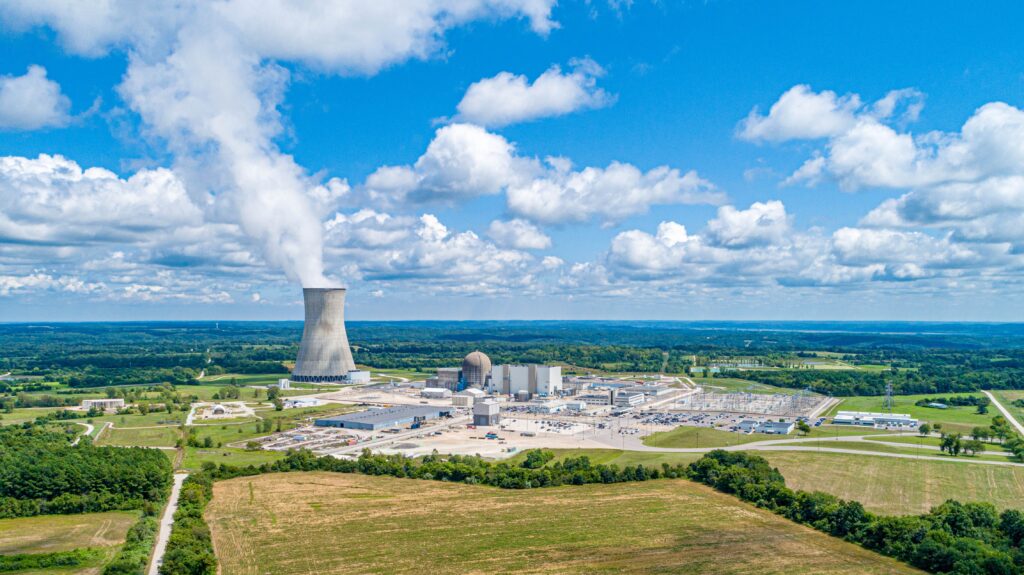
Both solar power and nuclear energy have their merits and drawbacks.
The choice between them depends on factors such as geographic location, energy demand, environmental considerations, and public opinion.
Some argue for a diversified energy portfolio that includes both renewable sources like solar power and low-carbon options like nuclear energy to meet the world’s growing energy needs while minimizing environmental impact.
With the Power of the Sun is it not Possible that Solar Power can also be Weaponised just like the Nuclear Energy?

In terms of being a weapon of mass destruction, solar power and nuclear energy are vastly different and are not comparable.
The fundamental distinction lies in the underlying principles and technologies associated with these energy sources.
Nuclear Energy: Nuclear energy has the potential for weaponization due to the use of fissile materials like enriched uranium or plutonium in nuclear reactors.
These materials, under specific conditions, can undergo a chain reaction, releasing an immense amount of energy.
In some instances, nations have developed nuclear weapons by diverting nuclear technology from peaceful energy production to military applications.
The destructive power of nuclear weapons is well-documented, with events such as the bombings of Hiroshima and Nagasaki serving as tragic examples.
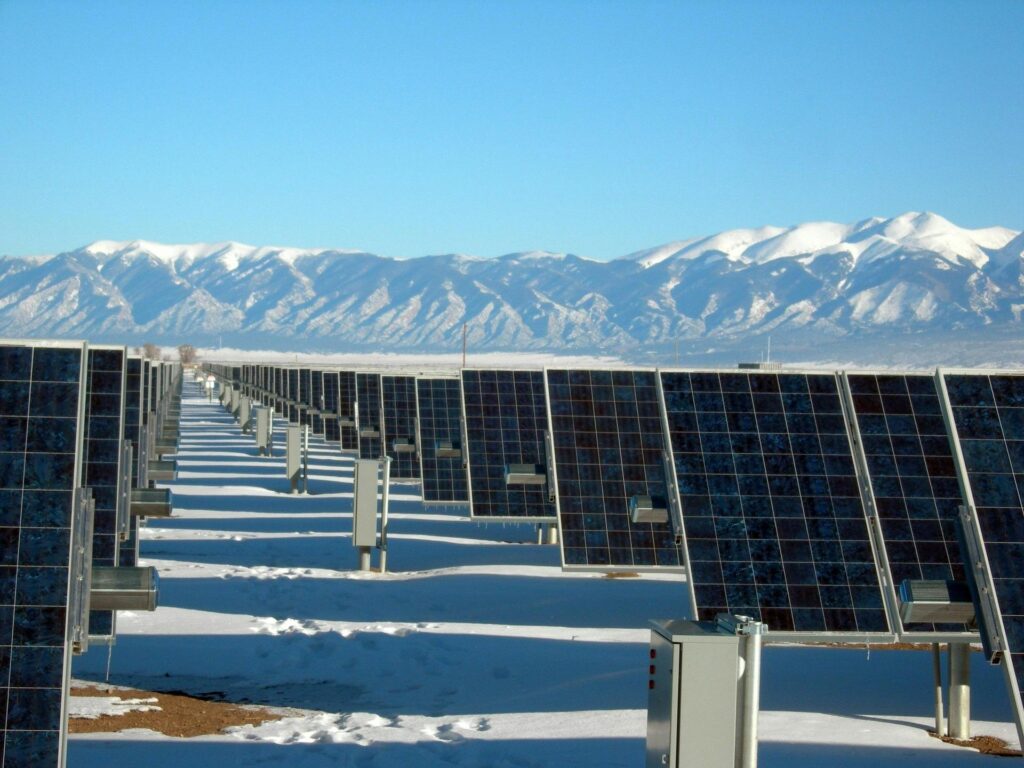
Solar Power: Solar power, in contrast, does not have any inherent connection to weapons of mass destruction.
Solar technology harnesses energy from the sun through photovoltaic cells or solar thermal systems, converting sunlight into electricity.
Solar power systems do not involve the use of materials or processes that can be repurposed for weaponization.
The technology is primarily focused on providing a clean and sustainable source of electricity for civilian use.
While solar power itself is not a weapon and does not pose a threat in that regard, it’s essential to note that discussions around energy sources, including nuclear energy, often involve considerations of national security and non-proliferation efforts.
The international community closely monitors the use of nuclear technology to prevent its diversion for military purposes.
Striking a balance between harnessing the benefits of nuclear energy for electricity generation and preventing its misuse for weapons is a critical aspect of global nuclear governance.
In summary, while nuclear energy has a historical association with weapons of mass destruction, solar power is not linked
While the power of the sun is immense, the technology used in solar power generation is not inherently weaponizable in the same way that nuclear technology can be.
Solar power is derived from the conversion of sunlight into electricity using photovoltaic cells or solar thermal systems.
And these processes do not involve the manipulation of materials with the potential for explosive reactions or the creation of weapons of mass destruction.
The key distinction lies in the nature of the energy sources:
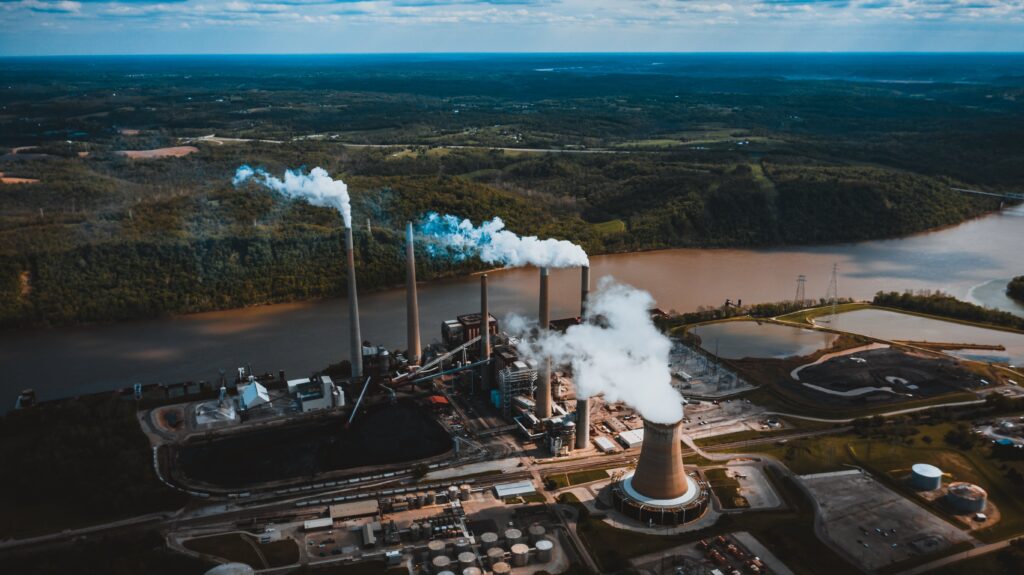
- Nuclear Energy: In nuclear power, the fission or fusion of atomic nuclei releases an enormous amount of energy, and certain isotopes can be used to create nuclear weapons. Enriched uranium or plutonium, which are used in nuclear reactors, can potentially be diverted for military purposes.
- Solar Power: Solar power harnesses the energy from the sun through non-explosive processes. The technology involves capturing sunlight and converting it into electricity, and there are no materials used in solar power generation that can be weaponized. Solar panels, for example, are made of materials like silicon, glass, and metal, which do not pose a threat in terms of weaponization.
It’s important to note that the potential for weaponization is not determined solely by the scale or power of an energy source but by the specific characteristics of the technologies involved.
While solar power has the capacity to generate significant amounts of electricity, it does not share the same risks of weaponization as nuclear energy.
The focus of solar technology is on providing sustainable and clean energy for civilian use.
Nevertheless, discussions about the responsible use of technology and potential security implications are ongoing in the broader context of global energy and national security considerations to such concerns.
The potential for weaponization is a specific challenge associated with certain aspects of nuclear technology.
Emphasizing the importance of responsible and secure management of nuclear materials on a global scale.
CONCLUSION
In considering the merits and shortcomings of Solar Power vs. Nuclear Energy, the environmental implications stand as a critical factor.
Solar power, harnessing the boundless energy of the sun, presents itself as a champion of sustainability, producing electricity without releasing harmful emissions.
Conversely, the environmental impact of Nuclear Energy extends beyond its low emissions during operation to the long-lasting challenge of managing radioactive waste, urging us to carefully weigh the ecological costs in our pursuit of power.
The safety narrative unfurls with Solar Power, where installations operate with minimal risks and the main concerns revolve around the manufacturing and disposal of solar panels.
In the contrastingly complex realm of Nuclear Energy, safety is a paramount concern.
Lessons learned from historic disasters like Chernobyl and Fukushima underscore the importance of stringent safety measures and the imperative need for transparency in the pursuit of nuclear power.
Energy density emerges as a defining characteristic, with Solar Power showcasing a lower density that necessitates expansive installations.
While Nuclear Energy boasts a high energy density, allowing for substantial power generation from modest fuel quantities.
This duality influences the reliability of each source, with solar power presenting intermittency challenges that prompt the integration of energy storage solutions. Whereas nuclear energy stands as a stalwart provider of continuous, baseload power.
Economic considerations cast a long shadow over the energy landscape.
Solar power, witnessing a decline in costs, is becoming increasingly economically competitive, albeit with substantial upfront installation expenses.
Nuclear energy, characterized by high initial construction costs, may offset these with lower operational expenses, prompting a careful economic evaluation when choosing between these two energy giants.
As we navigate the intricacies of public perception, Solar Power emerges with a generally positive image, celebrated for its clean and renewable nature.
In contrast, the perception of Nuclear Energy is tinged with historical incidents and concerns over safety, prompting a need for nuanced communication and education to foster trust in this powerful yet complex energy source.
In the grand mosaic of energy choices, the juxtaposition of Solar Power and Nuclear Energy reveals a nuanced landscape where the keywords of our discourse intertwine.
This isn’t merely a comparison of technologies; it’s an exploration of our collective future.
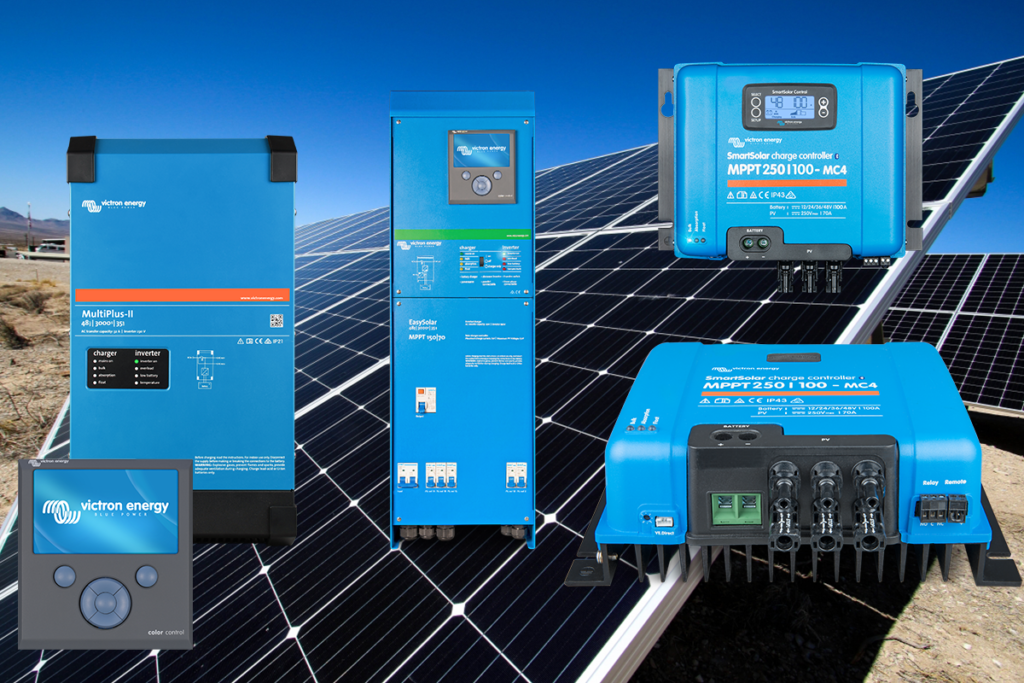
Sustainable energy options beckon us to balance the scales, ensuring that the path we tread is not only powerful but also wise.
Mindful of the environmental, safety, and economic considerations that define our energy destiny.
As we stand at this juncture, the keywords resonate not just as linguistic markers but as guiding stars in our journey towards a resilient, responsible, and sustainable energy future.




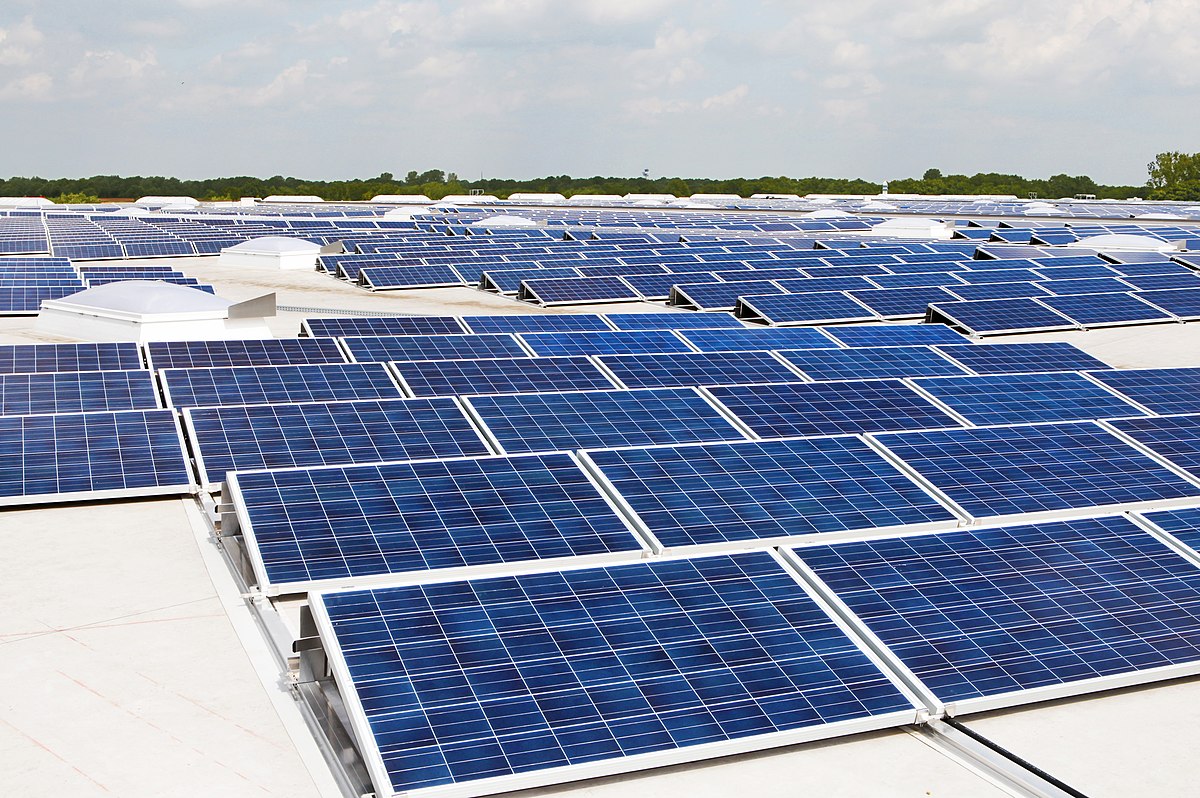
Leave a Reply